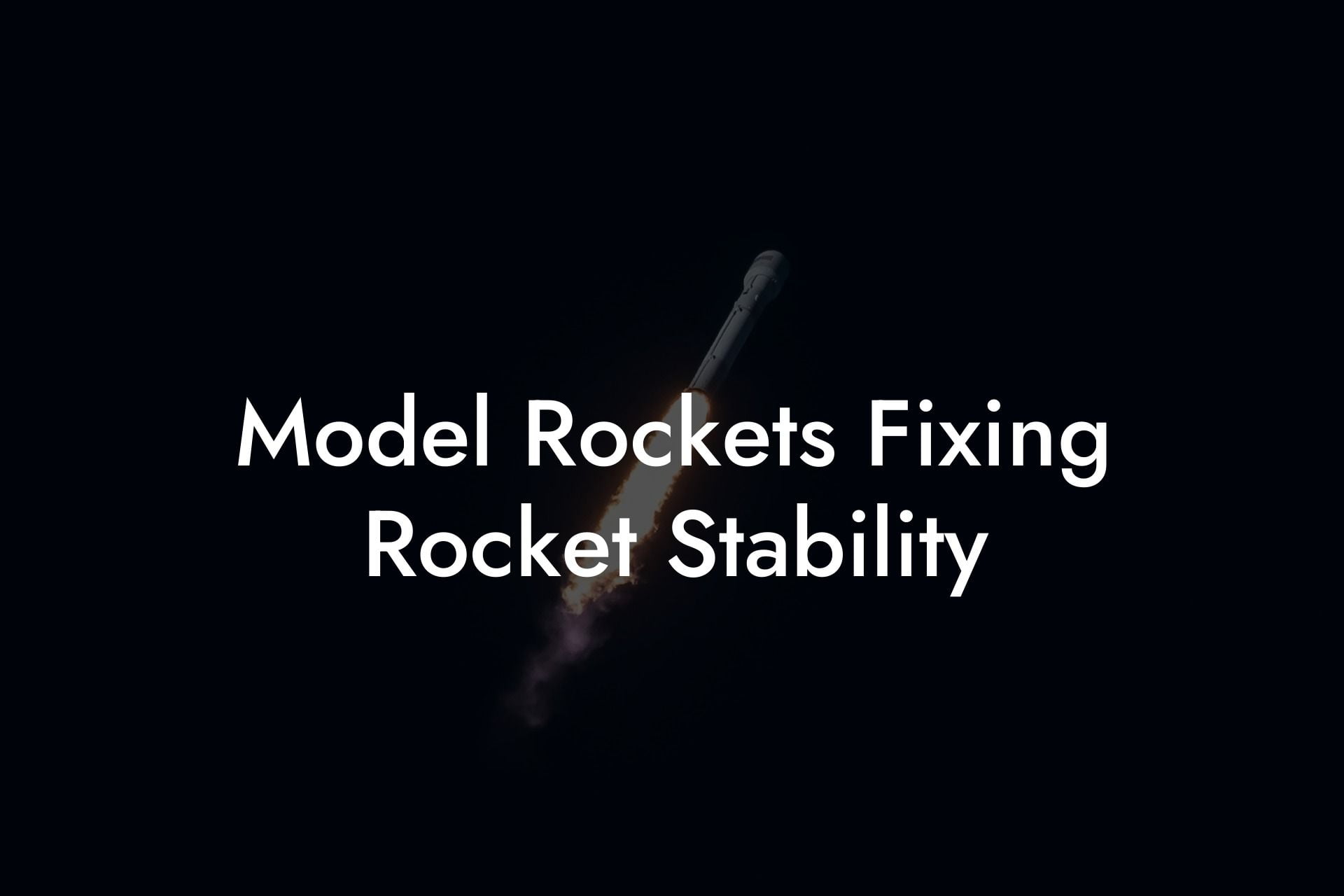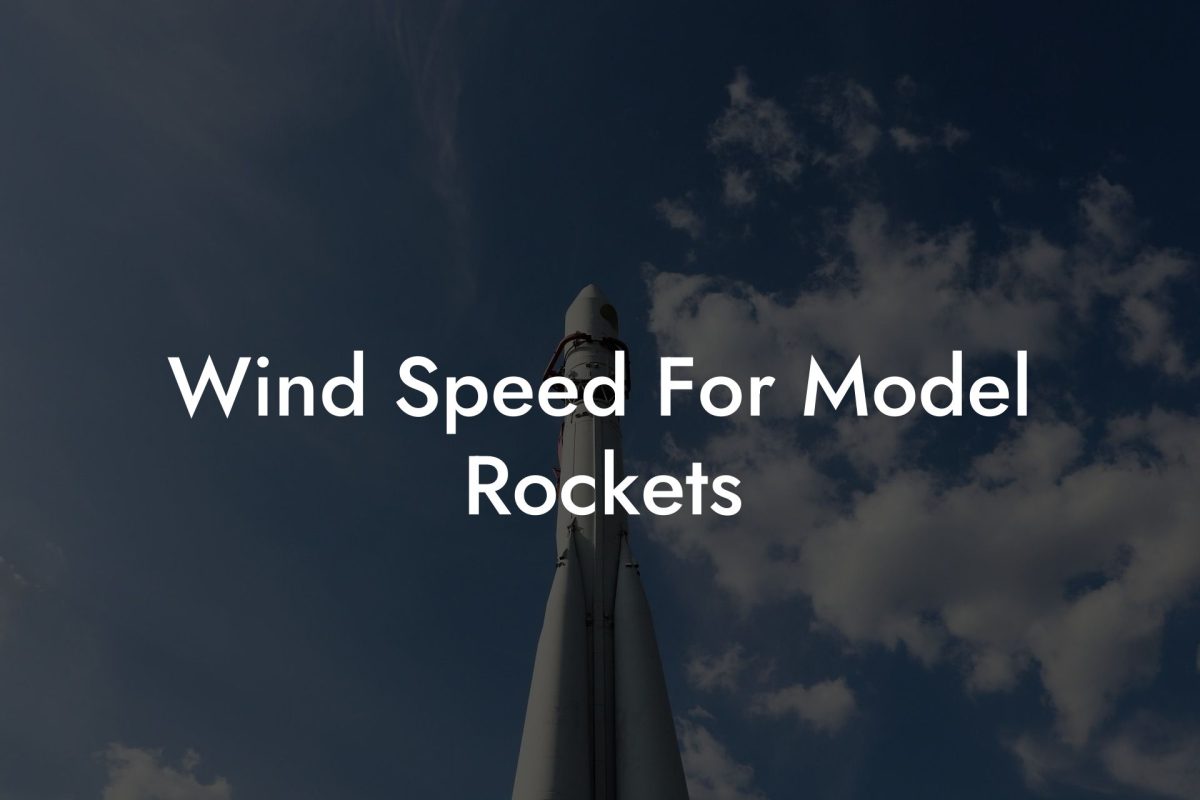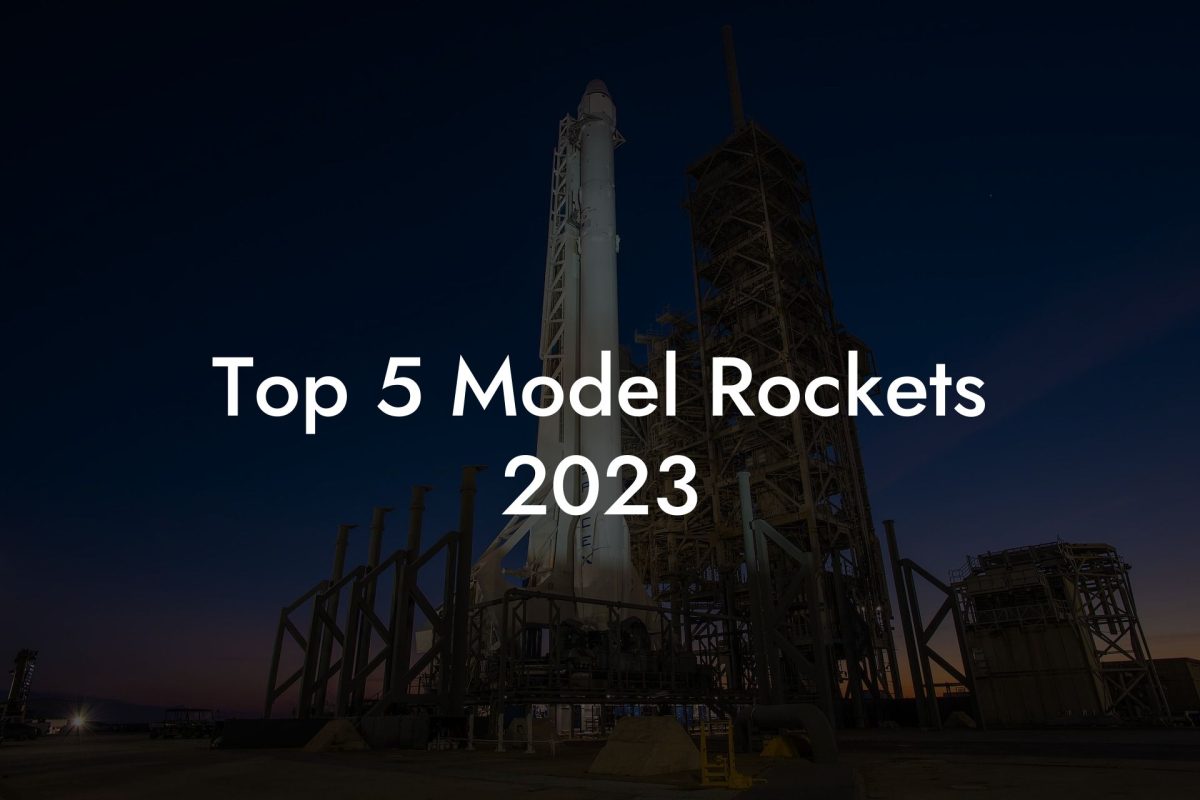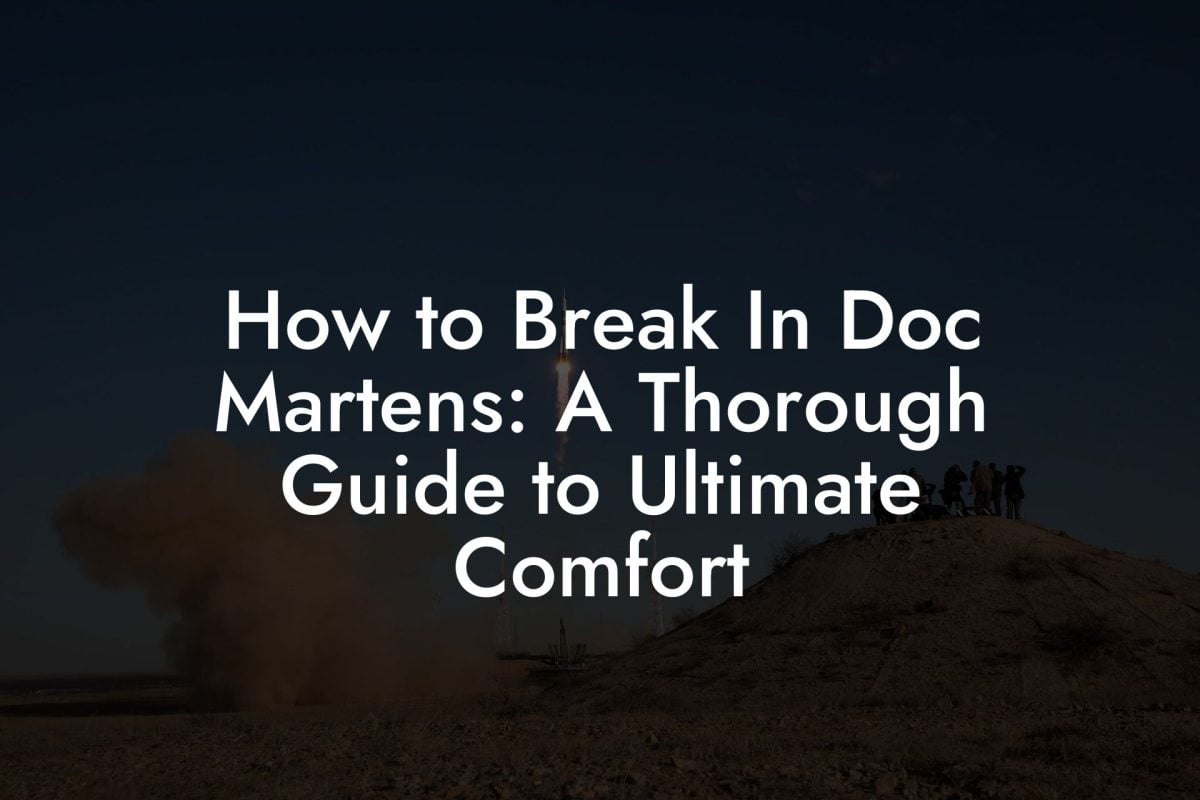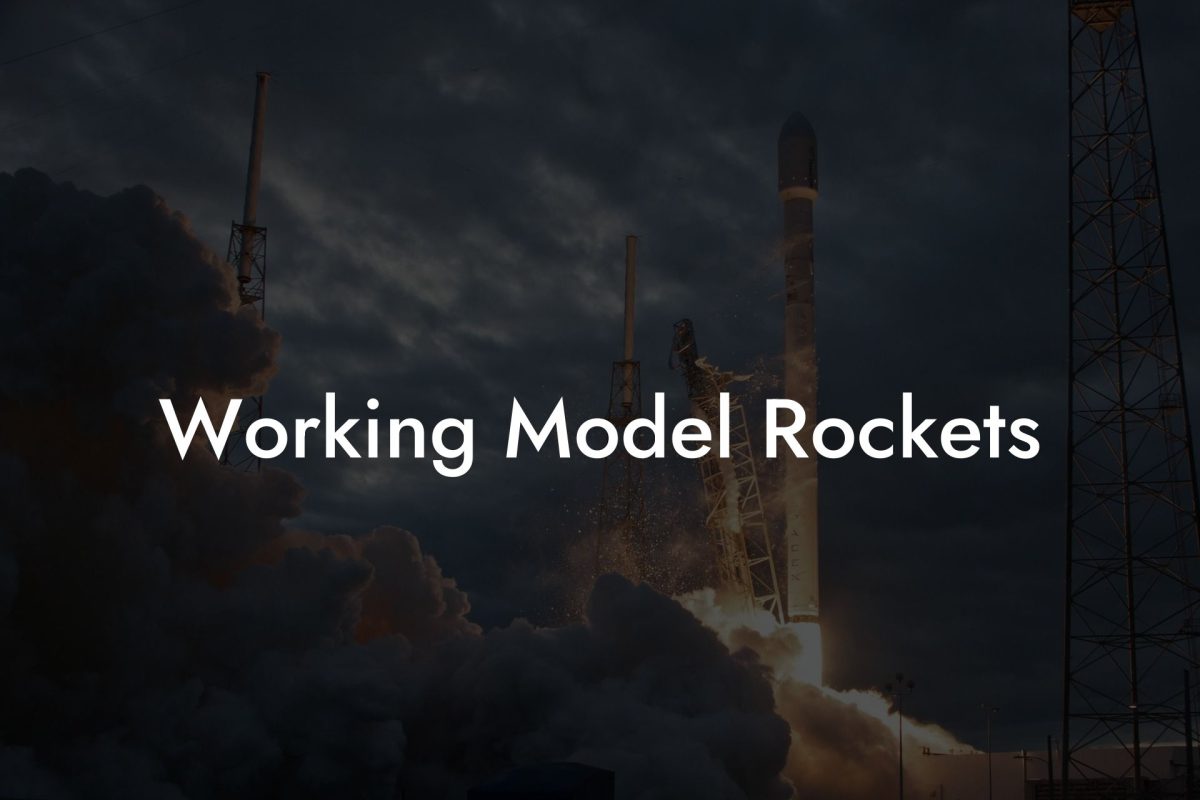Unstable rockets can be a major concern for model rocket enthusiasts, as they can lead to disastrous launches and wasted investment. Fixing rocket stability is crucial to the success of your rocket launch experience, keeping your launch safe and ensuring your rocket reaches its target altitude. In this guide, we'll dive into the world of model rocket stability, explore the factors that affect it, and share tips for fixing it. So, whether you're a seasoned hobbyist or a beginner, let's find out how we can improve your rocket's stability and ensure a successful launch!
Model Rockets Fixing Rocket Stability Table of Contents
Understanding Model Rocket Stability
Factors Affecting Rocket Stability
Model Rockets Fixing Rocket Stability Example
Model Rockets Fixing Rocket Stability Frequently Asked Questions
Understanding Model Rocket Stability
Stability, in the context of model rockets, refers to the ability of the rocket to maintain a straight and controlled flight trajectory. A rocket's stability comes from its design and construction, specifically the relationship between its center of gravity (CG) and center of pressure (CP).
Center of Gravity (CG)
The center of gravity is the average location of the mass of the rocket. In simpler terms, it's the point at which the rocket balances perfectly. A low CG leads to a more stable rocket, while a high CG can result in instability.
Center of Pressure (CP)
The center of pressure is the average location of the aerodynamic forces acting on the rocket. The CP is critical in determining the rocket's response to any disturbances during its flight. Generally, a CP closer to the tail of the rocket leads to greater stability.
The Importance of CG and CP Placement
For a stable flight, the CG must be ahead of the CP – as a rule of thumb, the CG should be about one to two body diameters ahead of the CP. This way, any disturbances in flight will cause the rocket to correct itself, ensuring a smooth launch.
Factors Affecting Rocket Stability
Here are a few factors that can influence the stability of your model rocket:
- Weight distribution: The placement of heavy components inside your rocket, such as engines and batteries, can affect the location of the CG.
- Fins: Fins play a critical role in rocket stability by providing stability and increasing the CP.
- Nose cone design: The shape of the nose cone can impact the overall aerodynamics of the rocket and help shift the CG forward.
Fixing Rocket Stability
To fix the stability of your model rocket, you can implement the following suggestions:
1. Adjust the weight distribution
Adding weight to the front of the rocket or shifting internal components can help move the CG forward, enhancing stability. Be cautious not to add too much weight, which can negatively impact the rocket's performance.
2. Modify fin design
If your rocket has a high CG, you can either increase the size of the existing fins or add more fins to help bring the CP further back.
3. Choose a suitable nose cone
Selecting a nose cone with a more aerodynamic shape can help push the CG forward and improve the rocket's stability.
Model Rockets Fixing Rocket Stability Example
Suppose you have a model rocket with a cylindrical body, four fins, and a cone-shaped nose cone. On your first test launch, the rocket begins to spin and tumble uncontrollably. To fix the stability issue:
- Examine the placement of the heavy components inside the rocket, and consider adding weight to the nose cone area. This will help move the CG forward and improve stability.
- Review the design of the fins – if they are small or not large enough, consider increasing their size or adding more fins to increase the CP and stabilize the rocket's flight.
- Finally, assess the nose cone design. If it's blunt or less aerodynamic, opt for a more streamlined shape that will push the CG forward and maintain stability.
Model Rockets Fixing Rocket Stability Frequently Asked Questions
What is meant by rocket stability?
Rocket stability refers to the rocket's ability to maintain a straight, intended flight path without unwanted wobbling, tumbling, or veering off course.
Why is stability crucial in model rocketry?
Stability ensures that the rocket reaches its intended altitude safely, prevents damage to the rocket, and, most importantly, ensures the safety of spectators and the environment.
How is a rocket's stability determined?
Stability is largely determined by the rocket's center of gravity (CG) and center of pressure (CP). For a stable flight, the CG should always be ahead of the CP.
What is the center of gravity (CG) in a rocket?
The center of gravity is the point at which the rocket's weight is balanced. It can shift based on the rocket's design, weight distribution, and payload.
And what is the center of pressure (CP)?
The center of pressure is the point at which aerodynamic forces, like drag, are balanced. It's influenced by the shape of the rocket and the placement of its fins.
How can I locate the CG and CP of my rocket?
To find the CG, balance the rocket horizontally on a string or rod. The point where it balances is the CG. The CP is more complex to determine but can often be found using rocketry software or wind tunnel tests.
What if the CG and CP aren't in the ideal positions?
If the CG is behind the CP, the rocket is likely unstable. You can adjust the rocket's stability by adding weight to the nose or modifying the fin size or position.
How do fins influence rocket stability?
Fins help stabilize a rocket by increasing drag at the tail end. Their size, shape, and placement play vital roles in influencing the rocket's center of pressure.
Can I adjust stability using the rocket's nose cone?
Yes, changing the weight or shape of the nose cone can shift the rocket's center of gravity, potentially improving stability.
How does payload affect stability?
Adding or changing a payload can shift the center of gravity. It's essential to account for any payload when considering rocket stability.
How can I test my rocket's stability before a full launch?
A swing test, where you swing the rocket around a central point, can give insights into its stability. If it points nose-forward throughout the swing, it's likely stable.
Are there software tools to help with rocket stability?
Indeed, there are various software tools available, designed specifically for rocketry, that can help predict and analyze rocket stability based on design parameters.
Can a rocket be too stable?
While stability is desired, excessive stability can cause the rocket to be less responsive to steering corrections, making its flight path overly rigid.
Does the length of a rocket influence its stability?
Longer rockets generally have a more forward center of gravity, which can enhance stability. However, other factors, like weight distribution, still play a significant role.
How do different rocket materials impact stability?
The weight and distribution of materials can influence the center of gravity. Lightweight materials might require additional weight in the nose for stability, while heavier materials might naturally shift the CG forward.
Does the launch angle affect stability?
A slight launch angle can help compensate for wind, but an excessively angled launch can compromise stability, especially right after takeoff.
Are there rockets designed to be intentionally unstable?
In advanced rocketry, some rockets are designed with intentional instability for specific maneuvers or challenges. However, these require advanced control systems to manage.
Can wind conditions affect rocket stability?
Wind can significantly influence a rocket's flight path. It's crucial to account for wind conditions during launch and to ensure the rocket's design can handle expected wind speeds.
How do propulsion systems influence stability?
The thrust and burn duration of a propulsion system can influence how a rocket maintains or alters its course. Sudden thrust changes can disrupt stability.
Stability is a cornerstone of successful and safe model rocketry. Whether you're a novice looking to launch your first rocket or an expert tweaking an intricate design, understanding and ensuring stability will be key to your rocket's soaring success. Remember, science and preparation make the sky the limit!
Now that you've learned the basics of rocket stability and the steps you can take to improve it, you're well on your way to flawless and safe model rocket launches. Remember that patience and practice are key in resolving stability issues in rocketry. So, don't get discouraged if it takes some trial and error – tweaking and refining are all part of the process! If you enjoyed this guide and found it helpful, make sure to share it with other aspiring rocket enthusiasts. And don't forget to check out our other guides at Austin Rockets for even more tips, tricks, and model rocket wisdom.

